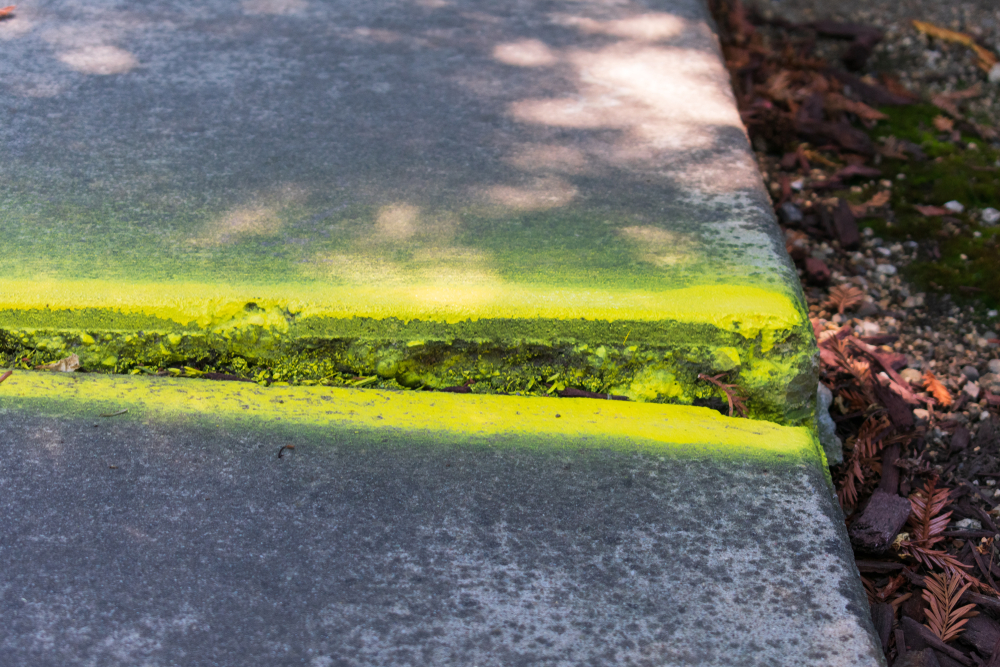While it’s more common to think about themes like property hazards and related liability risks when discussing commercial properties, this is a theme residential property owners should be aware of as well. You could be held liable if someone injures themselves on your property due to some kind of avoidable hazard that you should have been aware of, and some examples of this sort of thing are sometimes found in the concrete repair world.
At Lift Right Concrete, we’re happy to offer numerous commercial and residential concrete lifting and leveling services to clients throughout Utah. These include common hazard areas like driveway leveling, patio leveling and many others that often help attend to well-traveled areas that may have seen concrete damage – damage that, if it’s not properly addressed, may create a tripping or some related hazard that leads not only to injury, but also to potential liability concerns for you as a homeowner. This two-part blog series will go over the most common concrete-related trip hazards that may be present on a residential property, plus some considerations for preventing them plus a word on the role insurance plays in this world.

As one of the largest slabs of concrete on your property, your driveway is also one where people will regularly spend time. It deals with lots of weight and pressure, from people and animals through heavy vehicles that are often parked for long periods of time.
Over many years, this can lead to settlement of the concrete in the soil beneath it. When this soil isn’t strong enough to support the weight of the slab, cracks may develop in the slab. And these cracks aren’t just annoying – they may also serve as trip hazards, potentially large ones as they grow.
Do you have an in-ground pool in your yard? While this is a great home feature, if backfill soil that was added around the pool was not compacted in the right ways, the pool’s deck that surrounds it will eventually sink and settle, causing concrete damage that presents some significant dangers, even including the pool losing its structural integrity.
Many homes have concrete steps leading into them, and these are usually poured separately after the foundation of your home has been laid. This means they’re independent pieces of concrete rather than part of the larger setup, and they’re more susceptible to sinking than other slabs. This is especially true if your drainage in the area is poor, such as if a rain gutter nearby is directing water toward the steps instead of away from them.
For more on the common home hazards that might be created by concrete damage, or to learn how to prevent these, speak to the staff at Lift Right Concrete today.